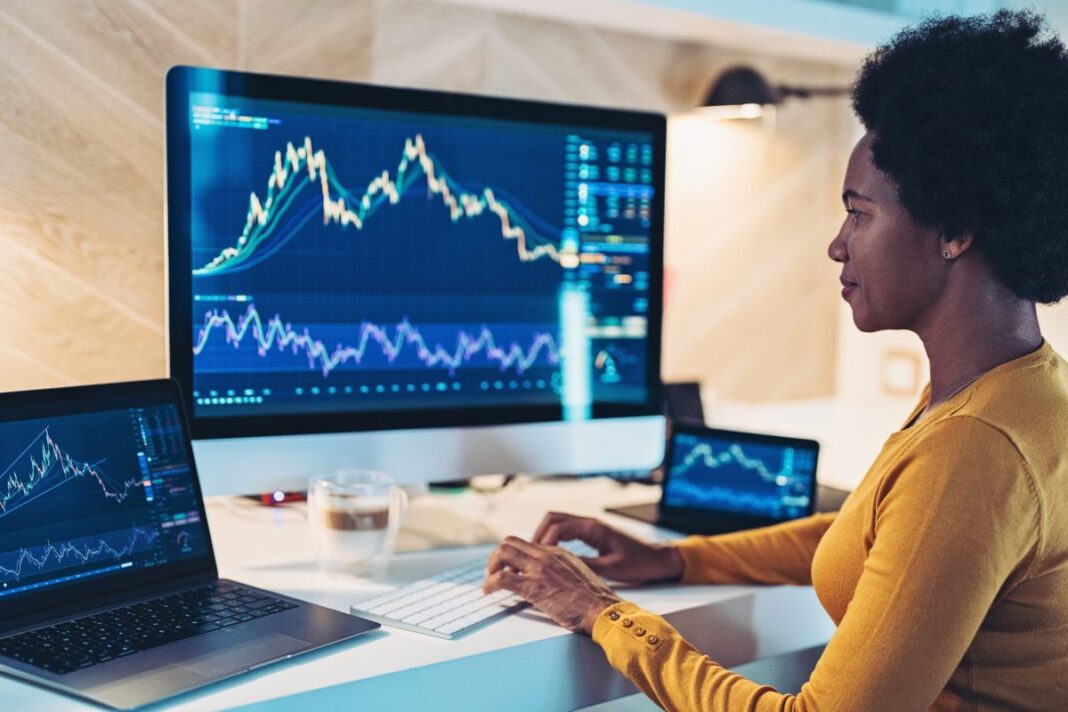Risk is not simply a matter of volatility. In his new video series, How to Think About Risk, Howard Marks — Co-Chairman and Co-Founder of Oaktree Capital Management — delves into the intricacies of risk management and how investors should approach thinking about risk. Marks emphasizes the importance of understanding risk as the probability of loss and mastering the art of asymmetric risk-taking, where the potential upside outweighs the downside.
Below, with the help of our Artificial Intelligence (AI) tools, we summarize key lessons from Marks’s series to help investors sharpen their approach to risk.
Risk and Volatility Are Not Synonyms
One of Marks’s central arguments is that risk is frequently misunderstood. Many academic models, particularly from the University of Chicago in the 1960s, defined risk as volatility because it was easily quantifiable. However, Marks contends that this is not the true measure of risk. Instead, risk is the probability of loss. Volatility can be a symptom of risk but is not synonymous with it. Investors should focus on potential losses and how to mitigate them, not just fluctuations in prices.
Asymmetry in Investing Is Key
A major theme in Marks’s philosophy is asymmetry — the ability to achieve gains during market upswings while minimizing losses during downturns. The goal for investors is to maximize upside potential while limiting downside exposure, achieving what Marks calls “asymmetry.” This concept is critical for those looking to outperform the market in the long term without taking on excessive risk.
Risk Is Unquantifiable
Marks explains that risk cannot be quantified in advance, as the future is inherently uncertain. In fact, even after an investment outcome is known, it can still be difficult to determine whether that investment was risky. For instance, a profitable investment could have been extremely risky, and success could simply be attributed to luck. Therefore, investors must rely on their judgment and understanding of the underlying factors influencing an investment’s risk profile, rather than focusing on historical data alone.

There Are Many Forms of Risk
While the risk of loss is crucial, other forms of risk should not be overlooked. These include the risk of missed opportunities, taking too little risk, and being forced to exit investments at the bottom. Marks stresses that investors should be aware of the potential risks not only in terms of losses but also in missed upside potential. Furthermore, one of the greatest risks is being forced out of the market during downturns, which can result in missing the eventual recovery.
Risk Stems from Ignorance of the Future
Drawing from Peter Bernstein and philosopher G.K. Chesterton, Marks highlights the unpredictable nature of the future. Risk arises from our ignorance of what’s going to happen. This means that while investors can anticipate a range of possible outcomes, they must acknowledge that unknown variables can shift the expected range. Marks also cites the concept of “tail events,” where rare and extreme occurrences — like financial crises — can have an outsized impact on investments.
The Perversity of Risk
Risk is often counterintuitive. To illustrate this point, Marks shared an example of how the removal of traffic signs in a Dutch town paradoxically reduced accidents because drivers became more cautious. Similarly, in investing, when markets appear safe, people tend to take greater risks, often leading to adverse outcomes. Risk tends to be highest when it seems lowest, as overconfidence can push investors to make poor decisions, like overpaying for high-quality assets.
Risk Is Not a Function of Asset Quality
Contrary to common belief, risk is not necessarily tied to the quality of an asset. High-quality assets can become risky if their prices are bid up to unsustainable levels, while low-quality assets can be safe if they are priced low enough. Marks stresses that what you pay for an asset is more important than the asset itself. Investing success is less about finding the best companies and more about paying the right price for any asset, even if it’s of lower quality.
Risk and Return Are Not Always Correlated
Marks challenges the conventional wisdom that higher risk leads to higher returns. Riskier assets do not automatically produce better returns. Instead, the perception of higher returns is what induces investors to take on risk, but there is no guarantee that these returns will be realized. Therefore, investors must be cautious about assuming that taking on more risk will lead to higher profits. It’s critical to weigh the possible outcomes and assess whether the potential return justifies the risk.
Risk Is Inevitable
Marks concludes by reiterating that risk is an unavoidable part of investing. The key is not to avoid risk but to manage and control it intelligently. This means assessing risk constantly, being prepared for unexpected events, and ensuring that the potential upside outweighs the downside. Investors who understand this and adopt asymmetric strategies will position themselves for long-term success.
Conclusion
Howard Marks’ approach to risk emphasizes the importance of understanding risk as the probability of loss, not volatility, and managing it through careful judgment and strategic thinking. Investors who grasp these concepts can not only minimize their losses during market downturns but also maximize their gains in favorable conditions, achieving the highly sought-after asymmetry.
